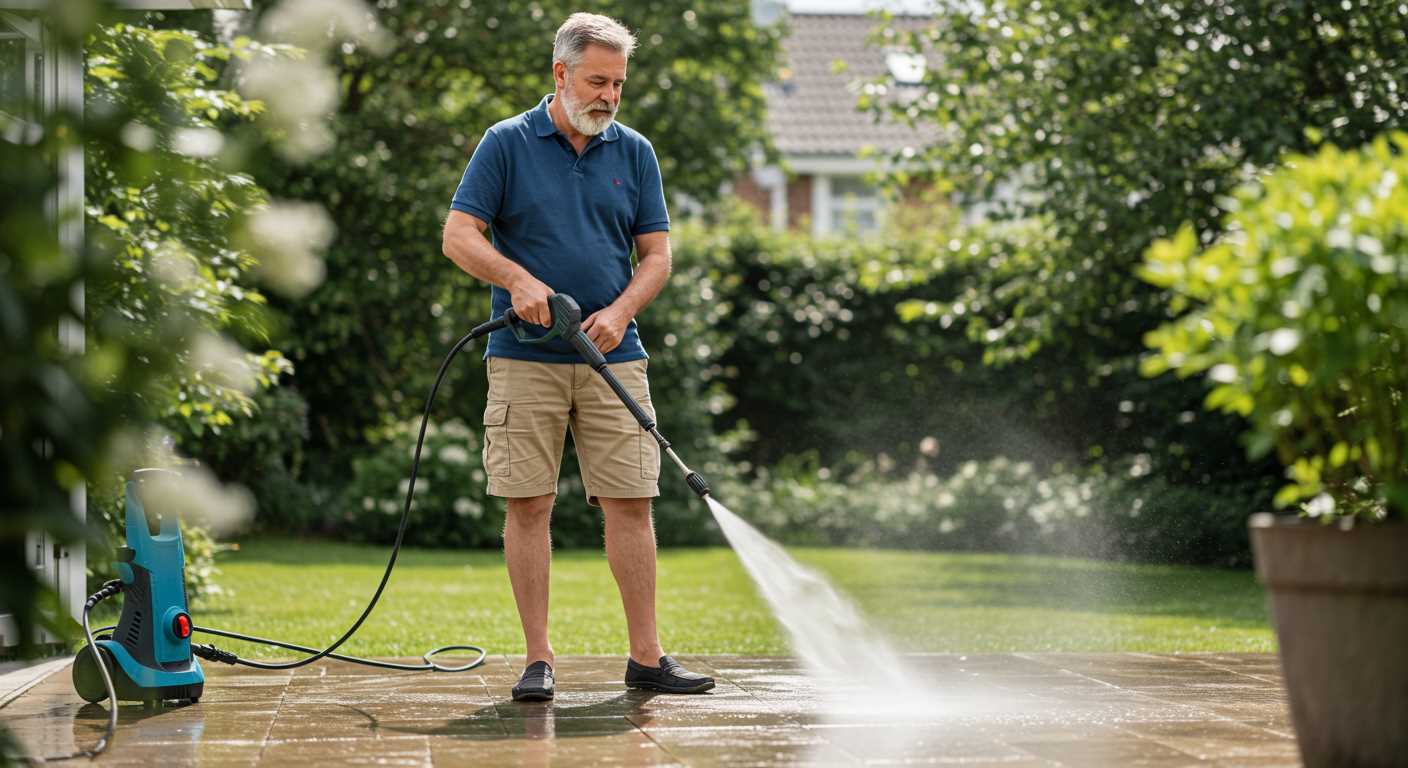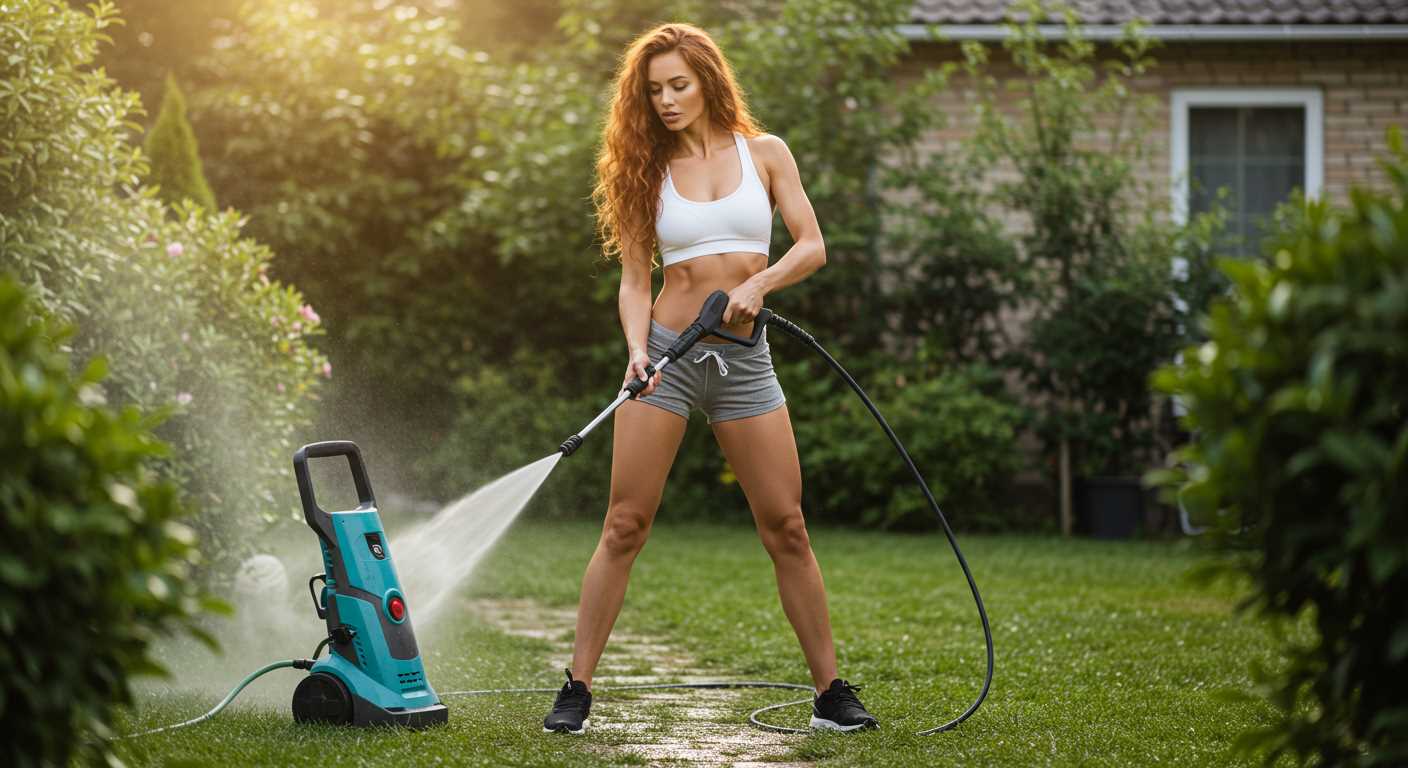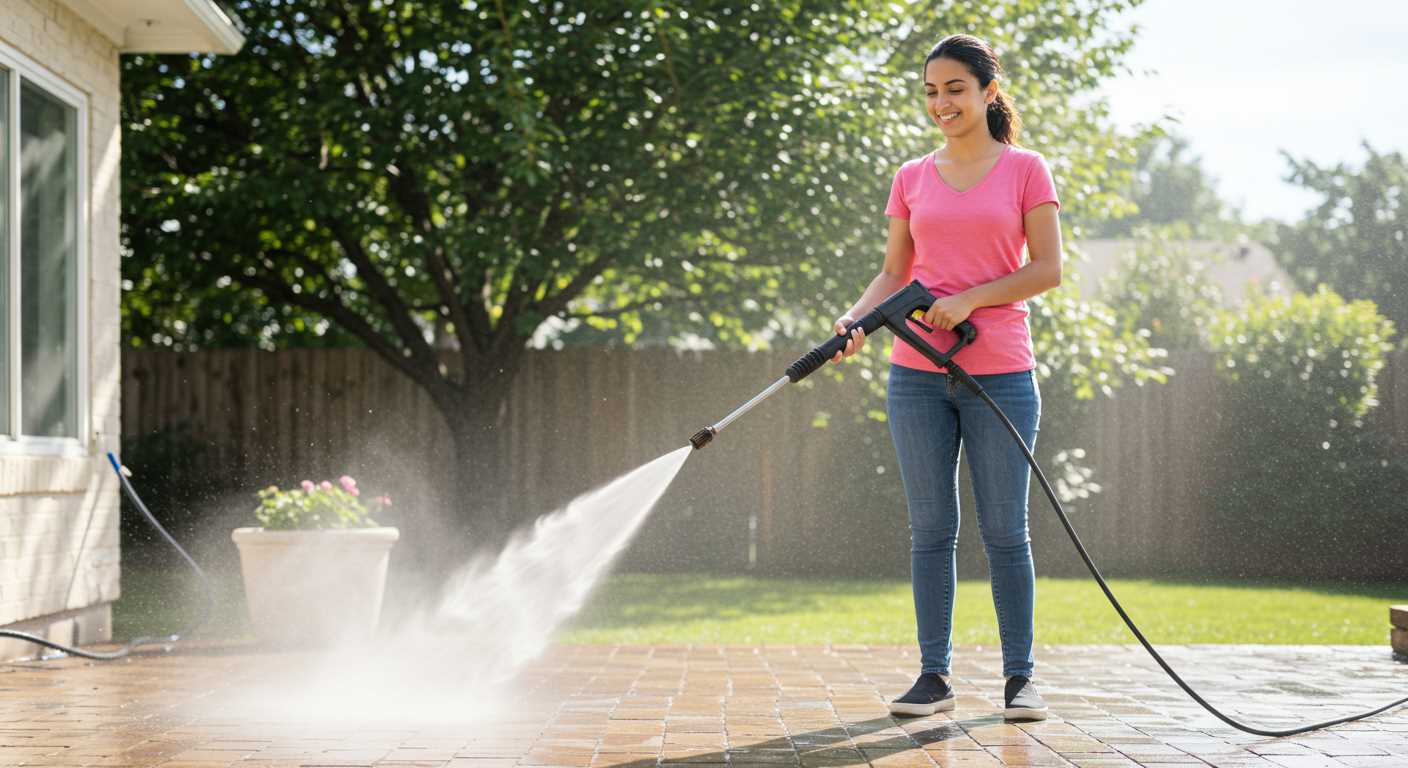



Stick with models featuring a maximum pressure of 1200 to 1900 PSI for optimal vehicle washing. Higher pressures can risk damaging delicate automotive finishes, especially paintwork and trim. Always prioritise a washer equipped with adjustable nozzles to tailor the spray width and intensity, ensuring safe and effective cleaning.
Pay attention to the flow rate as well; aim for 1.5 to 2.5 GPM, which aids in rinsing away dirt and grime efficiently without the need for excessive pressure. Detergent injectors can enhance the cleaning process, making it easier to lift stubborn contaminants, though ensure any cleaning solution is safe for automotive applications.
Focus on electric units for residential purposes, as they generally provide ample cleaning power while being quieter and lighter than their gas counterparts. However, if dealing with extensive detailing or heavy-duty projects, consider models that offer more robust performance through higher PSI and GPM metrics.
Always inspect the manufacturer’s guidelines regarding compatibility and safety to avoid any complications. With the right specifications in mind, achieving a clean and polished finish for vehicles becomes an effortless task.
Understanding Pressure Washer Specifications for Car Cleaning

Prioritise a model with a pressure rating between 1200 and 1900 PSI for effective automobile washing. A higher PSI may risk damage to delicate surfaces like paint and trim.
Flow rate is equally significant; aim for 1.4 to 2.0 GPM. This ensures sufficient water volume to rinse away dirt and grime without leaving residues.
Consider the nozzle options available. A 15-degree nozzle suits heavy dirt removal, while a 25-degree nozzle provides a gentle touch for general cleaning. The soap nozzle is indispensable for applying cleaning agents effectively.
Evaluate the power source. Electric models are quieter and often lighter, ideal for home use, while gas units deliver robust performance for tougher jobs.
Assess portability features like wheels and weight. A lightweight unit facilitates easy manoeuvring around the vehicle, making the process more convenient.
Evaluate the warranty and service options as well. Quality brands offer reasonable warranties, which can be indicative of the manufacturer’s confidence in their design.
Finally, opt for units that include a detergent tank. Integrated tanks simplify the cleaning process by eliminating the need for separate soap application methods.
Optimal PSI and GPM Levels for Vehicle Exterior
For detailing exteriors of vehicles, the ideal pressure ranges between 1200 to 1900 PSI (pounds per square inch). This level suffices to remove grime and dirt without risking damage to paint or finishes. Exceeding this limit may strip wax and clear coat, leading to premature deterioration.
For water flow, aim for a GPM (gallons per minute) of 1.4 to 2.5. Higher GPM provides more effective rinsing and assists in the removal of tough residues. However, excessive flow can lead to water pooling and may not be suitable for all surfaces.
Recommendations Based on Application
For light cleaning tasks, such as washing dust and light dirt, a setup with 1200 PSI and 1.4 GPM works effectively. Gradually increase both PSI and GPM for more challenging cleaning scenarios, targeting 1900 PSI and up to 2.5 GPM for heavily soiled vehicles.
Conclusion on Pressure Settings
Choose equipment tailored to these specifications to achieve the best results while maintaining the integrity of the vehicle’s exterior. Adjust techniques based on individual circumstances to safeguard paintwork and finishes while ensuring thorough cleaning. Regularly assess performance to maintain optimal functioning with provided specifications in mind.
Choosing the Right Nozzle for Vehicle Washing
Select a nozzle that complements the cleaning task at hand. For automotive exteriors, a wide spray nozzle with a 25-degree or 40-degree angle is ideal. These options provide a gentler wash that effectively removes dirt without risking damage to paint finishes.
Each nozzle type has its application. For pre-washing or rinsing, the fan spray is advantageous for covering larger areas quickly. Once the vehicle has been soaked, switch to a more concentrated nozzle for tackling stubborn grime, such as a 15-degree nozzle, but keep in mind the distance from the surface to prevent abrasion.
Not all nozzles fit every machine. Check compatibility with the equipment model, as some systems require specific attachments. Opting for quick-connect fittings enhances versatility, allowing for swift changes between nozzles based on the cleaning requirement.
Adjustable nozzles offer convenience, allowing transition between spray patterns with a simple twist. This feature means fewer accessories are needed, simplifying the process without sacrificing effectiveness.
Finally, regular maintenance of nozzles is crucial for optimal performance. Inspect for clogs and damage, and clean appropriately to ensure consistent water flow and pressure. A well-maintained nozzle guarantees a thorough cleaning session and extends the lifespan of the equipment.
Identifying Surface Types and Their Compatibility with Pressure Washers

When determining which cleaning machine is suitable for various surfaces, focus on the material composition and sensitivity of the area being cleaned. Metal and glass surfaces are typically more resilient, allowing for higher pressure levels without damage. Conversely, painted surfaces, including automotive finishes, require careful consideration to prevent chipping or abrasions.
For vehicles with intricate mouldings or delicate trims, a lower pressure setting is advisable. Always assess whether the finish is glossy or matte; gloss finishes are more forgiving, whereas matte finishes can show scratches more easily. It’s vital to avoid assuming compatibility based solely on appearance.
Exterior plastics and rubber parts, such as bumpers and seals, need a gentler approach. High pressure may lead to discolouration or deterioration over time. Select washer settings that provide sufficient cleaning power while being cautious around these elements, aiming for a balance between efficacy and safety.
For surfaces like alloy wheels or intricate grilles, it may be beneficial to use a specialised nozzle that confines water flow. This allows for focused cleaning at an appropriate pressure without risking damage to the surrounding paintwork.
Understanding the surface types can optimise cleanliness while maintaining integrity. Before proceeding, I recommend identifying every surface present to tailor the pressure setting appropriately, ensuring both safety and effectiveness in the cleaning process.
Common Mistakes When Using High-Pressure Equipment on Vehicles

One prevalent error is selecting a nozzle with an inappropriate spray pattern. A narrow jet can damage delicate finishes, whereas a wide spray might not effectively remove grime. Always opt for a nozzle designed for automotive cleaning, generally a 25-degree or 40-degree fan pattern.
A common oversight is operating the device too close to the surface. Standing too near can strip paint or damage sensitive components. Maintain a distance of at least two feet while washing to ensure safe and thorough cleaning.
Neglecting to rinse thoroughly before applying detergent can lead to scratches and swirls. Dust and debris can mix with the cleaning solution, creating an abrasive cocktail on the surface. Ensure the vehicle is rinsed thoroughly to remove loose particles.
Another frequent mistake involves using excessive pressure for washing. Many believe that higher settings yield better results; however, this can cause irreversible damage. A unit with PSI levels above 1900 can be harmful to modern finishes, so stick to lower settings for a gentle touch.
Failing to protect sensitive areas is another critical blunder. Areas like badges, rubber trims, and windows can sustain damage from intense streams. Cover or avoid these sections during the cleaning process.
Finally, overlooking maintenance of the equipment can compromise results. Clogged filters or worn out hoses can affect water flow and pressure. Regularly inspect and clean tools to ensure optimal performance for vehicle washing tasks.
Best Practices for Protecting Finish During Pressure Washing
Always wash your vehicle in the shade to prevent the direct sun from causing soap to dry too quickly, which can leave streaks or spots on the surface.
Maintaining a safe distance is vital. Keep the nozzle at least 3-4 feet away from the paintwork to avoid damaging the clear coat.
Here are some key practices:
- Pre-rinse: Begin with a gentle rinse to remove loose dirt and debris. This reduces the risk of scratching the surface during the main wash.
- Soak: Use a foam cannon to apply a dedicated car wash solution. Allow it to sit for a few minutes to break down grime without causing harm.
- Use appropriate settings: Stick to low PSI settings for rinsing off soap. A range of 1,200 to 1,500 PSI is generally suitable for most car finishes.
- Rinse thoroughly: After washing, make sure to rinse off all soap residues to prevent spotting.
- Dry properly: Use a microfiber towel to dry the vehicle, which helps in avoiding water spots and potential paint damage.
Consider applying a wax or sealant after washing to add an extra layer of protection against environmental elements.
Regularly inspecting the finish for any signs of damage is also wise, allowing for timely maintenance or correction if needed.








